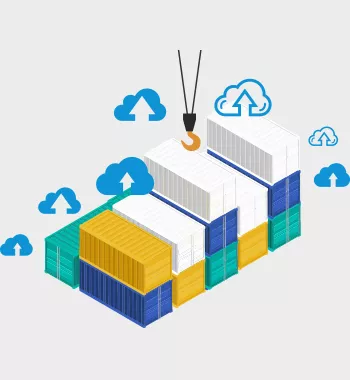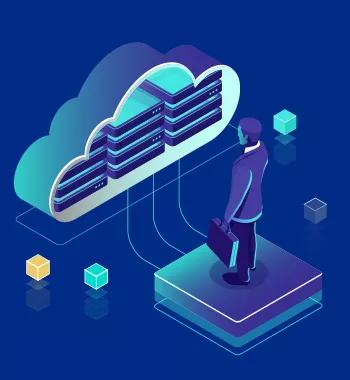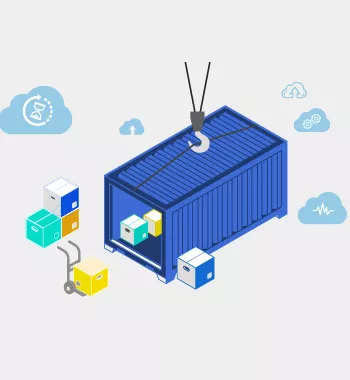Simplify Your Journey to Hybrid Cloud with Agility and Future-Ready Solutions

Have you discovered that the economics of cloud are unique, requiring skilled scrutiny of the types and frequency of utilization and related costs? While the cloud shifts many expenses from CAPEX to OPEX, there is always a component of each that must be carefully managed.
Xoriant provides expertise in building and managing cloud-friendly and hybrid cloud management solutions and services. We will create a secure, integrated platform to orchestrate your applications across multiple zones, using our tools, third-party tools and rigorous budget management to optimize resources and reduce costs.
Services We Provide to Optimize Your Public Cloud Footprint

AWS Cloud Optimization
Azure Cloud Optimization

GCP Cloud Optimization

“Xoriant engineers are cloud computing experts specializing in next-gen technology. We have long-standing partnerships with leading cloud providers and deep experience with cloud-native and third-party tools and integrations, application modernization, cloud migration, and management to help you achieve your transformation goals — and your ROI."
Trends Title
Explore Industry Trends and Insights
Explore Industry Trends and Insights

Product offerings are enhanced using new-age technologies with innovation, speed, and reliability. As a result, ensuring better experience and value to their enterprise customers at a fraction of cost.

We looked at the Cloud Conundrum and why enterprises and ISVs would like to build Cloud Agnostic Architecture based Cloud Apps and hence the necessity Container Orchestration Platforms while building such Cloud apps.

We will cover available container orchestration platforms on Private Cloud. After reading this blog, you will be able to evaluate containerization platforms based on the key features mentioned below.


